Study investigates potential risk of Taurid meteor swarm
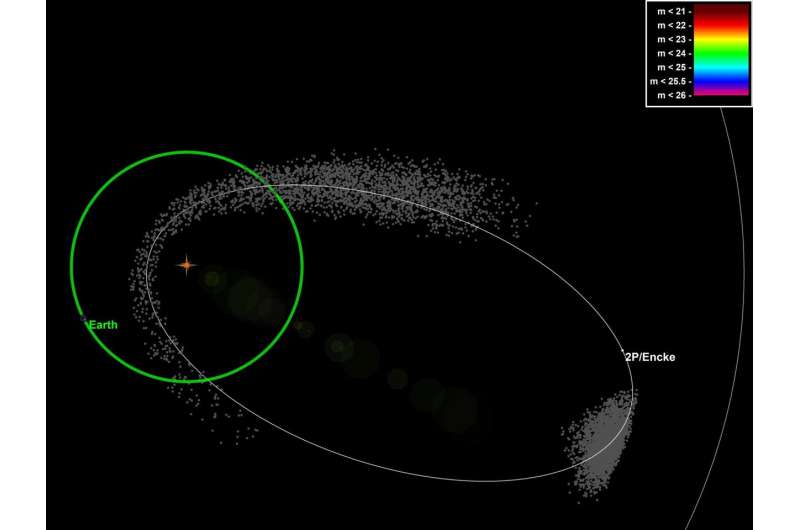
A new study from Western University posits proof to the possibility that an oncoming swarm of meteors—likened to the Loch Ness Monster and Bigfoot by some extraterrestrial experts—may indeed pose an existential risk for Earth and its inhabitants. (That's us.)
When considering catalysts for catastrophic collision, there are two main sources Near Earth Objects (NEOs) like asteroids and meteoroids and interlopers from the outer solar system, which are typically comets. Over the past few decades, a great deal of effort has been expended in cataloging more than 90 percent of the potentially hazardous NEOs, and work is ongoing to detect, catalog and track greater numbers and smaller sizes of these objects. Interlopers from the outer solar system are much harder to chart but again, much work is underway.
The Taurid swarm is a third potential source of risk that changes the probabilities of possible catastrophic impacts. The Tunguska (Russia) explosion of 1908 is considered a one-in-1000-year event, assuming a random distribution of events over time. But the Taurid swarm, a dense cluster within the Taurid meteoroid stream, and through which the Earth periodically passes, changes the odds significantly and gives a possible reason for the unlikely occurrence that a once per 1000-year event occurred just over a century ago. If the hypothesized might of the Taurid swarm is successfully proven, this also heightens the possibility of a cluster of large impacts over a short period of time.
For the study, published by arXiv and accepted for publication in Monthly Notices of the Royal Astronomical Society, David Clark from Western's Department of Earth Sciences, and Paul Wiegert and Peter Brown from Western's Department of Physics & Astronomy simulated a large collection of 100-meter diameter meteoroids (like the one that triggered the 1908 Tunguska event) with orbits similar to the Taurid swarm and calculated their positions forward for 1,000 years. By analyzing, each object's position and motion over time, the astronomers calculated two optimal viewing times and telescope pointing locations for the Taurid swarm to properly investigate its overall risk potential.
-
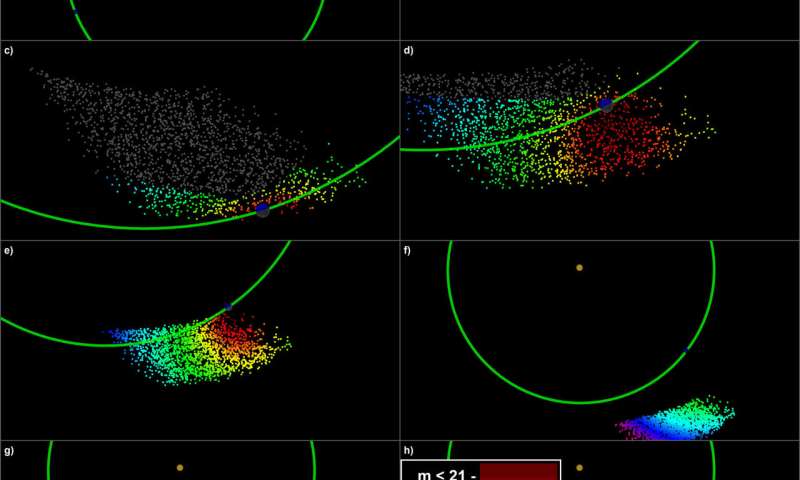
Illustration of the Taurid swarm core. Credit: Western University -
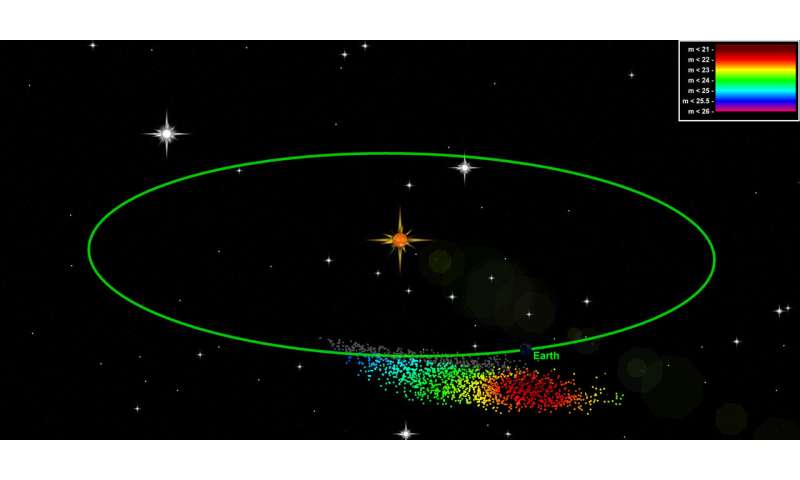
Single illustration of Taurid swarm core passing below the Earth. Credit: Western University -
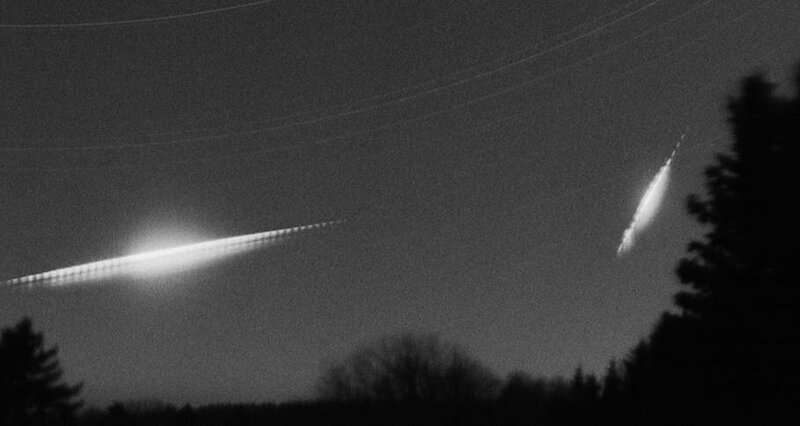
Taurid Fireball Observations in 2015 - Detailed view of the two brightest Taurids far over Poland recorded by the AFO (analog camera) at station Polom. (Spurný et al. 2017 Fig 8). Credit: Western University -
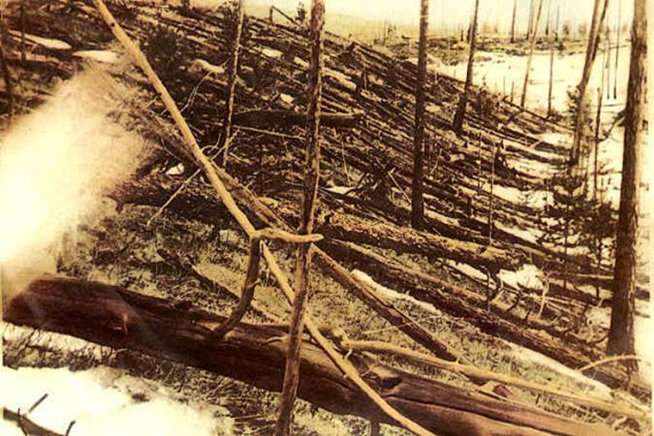
Historic photo of Tunguska damage (1929)
According to Western Meteor Physics Group data analysis, the Earth will approach within 30,000,000 km of the center of the Taurid swarm this summer, the closest such encounter since 1975. The calculations also show that this will be the best viewing time of the Taurid swarm until the early 2030s.
"There has been great interest in the space community since we shared our results at the recent Planetary Defense Conference in Washington, DC," says David Clark, a Western graduate student and first author of the study. "There is strong meteoric and NEO evidence supporting the Taurid swarm and its potential existential risks but this summer brings a unique opportunity to observe and quantify these objects."
More information: David L. Clark, et al. The 2019 Taurid resonant swarm: prospects for ground detection of small NEOs arxiv.org/abs/1905.01260 arXiv:1905.01260v1 [astro-ph.EP]
Journal information: Monthly Notices of the Royal Astronomical Society
Provided by University of Western Ontario



















